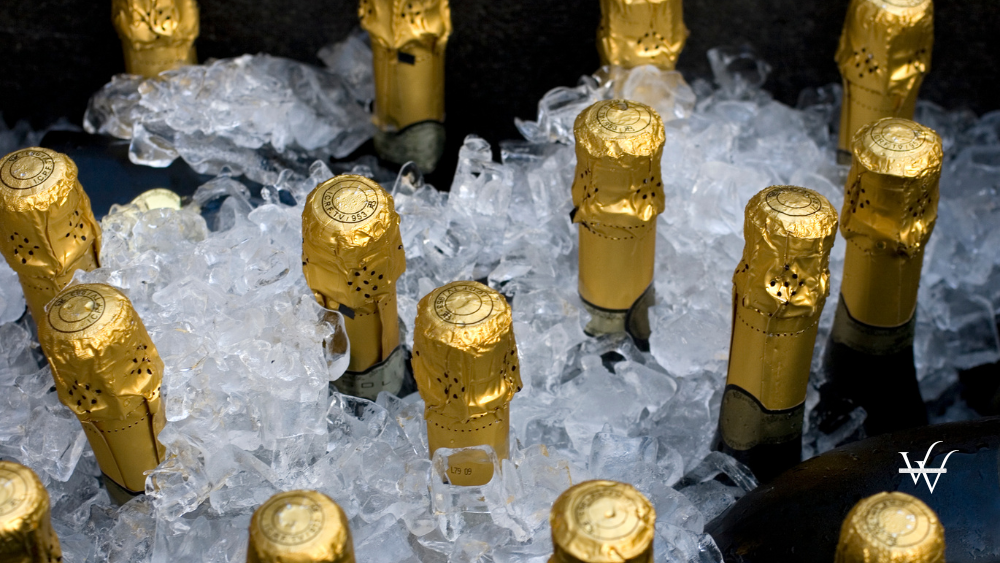In a reflection of evolving consumer preferences and trade dynamics, Russia has emerged as a significant importer of sparkling wines, with notable contributions from neighboring countries and European partners.
According to data compiled by RIA Novosti based on open sources, Russia imported nearly USD 319 million worth of sparkling wine from Latvia, Italy, and Lithuania in the past year. Azerbaijan and Germany rounded out the top ten suppliers in this vibrant market.
Leading Suppliers and Trends
Latvia leads the pack as the largest supplier of sparkling wine to Russia, totaling USD 167 million in exports, a slight decline from the previous year's USD 174 million. Italy follows closely, maintaining a robust position with exports valued at USD 90 million, down from USD 98 million previously. Lithuania secured the third spot, experiencing growth in exports to reach USD 62 million, up from nearly USD 50 million the year before.
Diverse Market Participants
Beyond the top three, Poland saw significant growth, securing fourth place by increasing its exports to USD 16 million, up from USD 11 million. France, traditionally renowned for its champagne, faced a decline in exports to Russia, dropping to USD 3.5 million from USD 8.6 million.
Emerging Trends in Export Growth
Amidst the broader trends, several countries within close proximity to Russia showcased notable increases in exports. Armenia recorded an impressive 241% surge, followed by Georgia with a 77% rise, and Poland with a 44% increase in sparkling wine exports to Russia during the last year. Conversely, France experienced a notable decline of 59%, followed by Spain with a 40% decrease, and Italy with a 9% dip.
Key Varieties and Market Dynamics
In terms of specific types of sparkling wine, Russia's preferences were discernible. Prosecco led the charge with exports valued at USD 109 million, followed by Asti at USD 69 million, and Champagne at USD 51 million. These varieties underscore the diverse tastes and preferences of Russian consumers, reflecting a mix of affordability, prestige, and regional preferences.
Conclusion
Overall, Russia's market for sparkling wine remains dynamic and resilient, characterized by fluctuating trends in imports from various countries. While traditional suppliers like Italy and France navigate challenges, emerging players from nearby regions are capitalizing on increasing demand. As consumer tastes evolve and economic factors influence purchasing decisions, the landscape of sparkling wine imports into Russia continues to evolve, presenting both challenges and opportunities for producers and exporters alike.
Source: Oreanda-News

